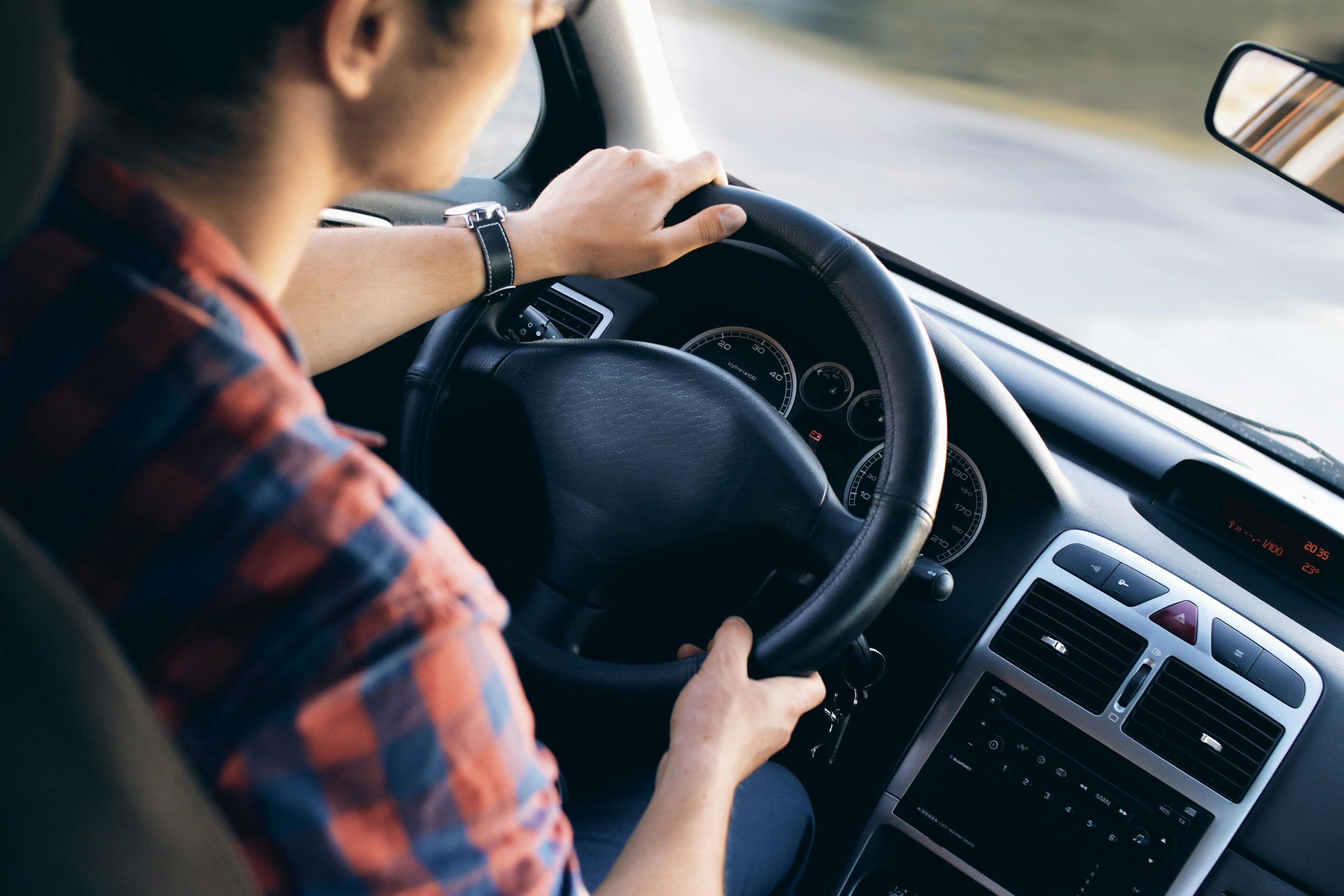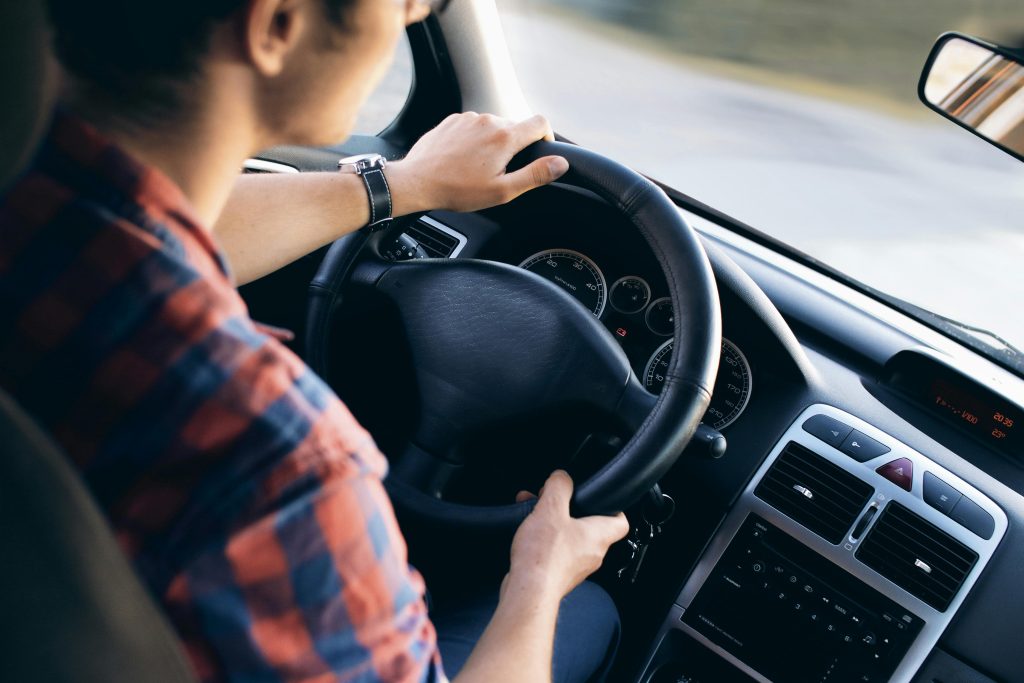
How Should I Position My Hands on the Steering Wheel?
Introduction
Proper hand placement on the steering wheel is a fundamental aspect of safe driving, yet many motorists remain unaware of the ideal grip. The way you hold the wheel directly affects your ability to steer accurately, react swiftly to hazards, and maintain control in emergency situations. Over the years, driving instructors and safety organizations have refined their recommendations—from the classic “10 and 2” to more nuanced grips that adapt to modern vehicles and airbag safety. In this comprehensive guide, you’ll learn the best hand positions, why they matter, how to adjust for different driving scenarios, and tips to build muscle memory for safer, more confident driving.

Why Hand Position Matters
- Control and leverage: Proper placement maximizes your ability to turn the wheel smoothly without overcorrection.
- Reaction time: With hands positioned optimally, you can make quicker, more precise steering inputs in emergencies.
- Airbag safety: Correct hand placement reduces the risk of injury if the airbag deploys.
- Fatigue reduction: A balanced grip distributes muscle effort evenly, reducing arm and shoulder strain on long drives.
The Evolution of Recommended Hand Positions
10 and 2 (Traditional)
- Description: Left hand at 10 o’clock, right hand at 2 o’clock.
- Drawback: In a collision, airbag deployment can force your hands back into your face, increasing injury risk.
9 and 3 (Modern Standard)
- Adoption by safety experts: The National Highway Traffic Safety Administration (NHTSA) and many driving schools now recommend 9 and 3 o’clock.
- Benefits:
- Keeps arms clear of the airbag’s deployment zone.
- Provides balanced leverage for steering maneuvers.
- Facilitates smoother, more natural hand-over-hand turns when combined with push–pull steering technique.
Optimal Hand Positions and Techniques
9 and 3 O’Clock Grip
- Thumbs up, resting lightly on the wheel’s rim.
- Fingers wrapped around the outside of the wheel, avoiding gripping over the top to reduce strain.
- Elbows slightly bent—maintains comfort and control.
When to use:
- General driving, highway cruising, and most urban scenarios.
Push–Pull Steering Method
- Technique: Left hand pushes the wheel up from 9 toward 12 while right hand pulls down from 3 toward 6; reverse for opposite turn.
- Advantages:
- Hands never cross, maintaining continuous two-handed control.
- Reduces risk of arm entanglement and airbag injury.
Hand-Over-Hand Steering (When Necessary)
- Use sparingly for very tight turns at low speed (e.g., three-point turn).
- Maintain 9 and 3 when possible to ensure hands remain clear of the airbag path.

8 and 4 Grip (Alternative for Comfort)
- Description: Hands at 8 and 4 o’clock.
- Use case: Drivers with limited shoulder mobility may find this position more comfortable, though it offers slightly less leverage than 9 and 3.
Special Situations and Adjustments
Backing Up and Parking
- One-Handed Steering: Place your left hand at 12 o’clock or right at 6 when reversing slowly, keeping the other hand free to look back.
- Slow maneuvers only: Avoid one-handed grips at speed.
Off-Road or Performance Driving
- Lower-hands position: At 7 and 5 o’clock, to accommodate rapid steering inputs and wheel lock in tight corners.
- Gloves recommended to improve grip and protect against wheel-induced friction burn.
Hands-Free and Advanced Driver Assistance Systems (ADAS)
- Maintain light contact: Even with lane-keep assist or autopilot features, keep both hands lightly on the wheel (detectable by torque sensors) to ensure you can take control instantly.
Common Mistakes to Avoid
| Mistake | Risk | Correction |
|---|---|---|
| Crossing arms over each other | Slower reaction; entanglement in airbag event | Use push–pull steering at 9 and 3 |
| Gripping wheel at the top | Increased fatigue; risk of injury from airbag | Move hands down to 9 and 3 |
| One-handed driving at speed | Reduced control; delayed response | Keep both hands on wheel except low-speed reverse |
| Thumbs wrapped inside rim | Higher chance of thumb fracture in collision | Rest thumbs on rim, but outside spokes |
Building Muscle Memory for Safe Steering
- Conscious repetition: For your next 100 miles of driving, focus on always returning hands to 9 and 3 after turns.
- Mirror reminders: Place a small sticker at the bottom of the windshield reminding you of hand position.
- Driving courses: Enroll in a defensive driving class or performance clinic to practice under instructor guidance.

Conclusion
Proper hand placement on the steering wheel is a simple yet critical component of safe driving. By adopting the 9 and 3 o’clock grip, using the push–pull steering technique, and making situational adjustments for parking or performance driving, you can maximize control, minimize injury risk from airbag deployment, and reduce fatigue. Practice consciously until the optimal hand position becomes second nature, and you’ll steer with greater confidence in every driving situation.



